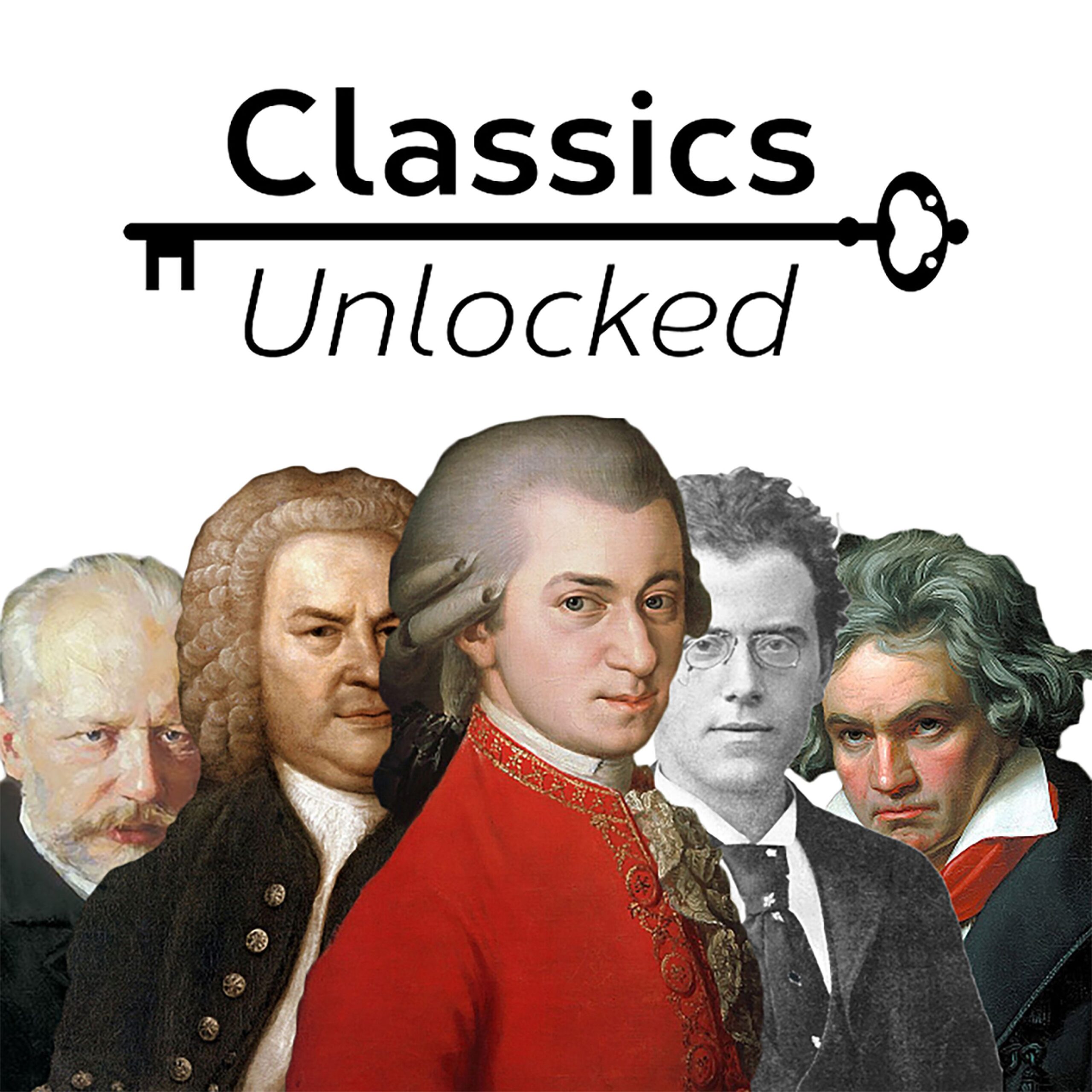Absolute Music is composed purely as music. It is its own entity. It stands alone. Program Music, however, is music written with intention to represent images or to convey the impressions of events. Today’s selection is “The Sorcerer’s Apprentice” by French composer Paul Dukas. Paul Dukas wrote The Sorcerer’s Apprentice in1896, taking inspiration from one of Goethe’s lighter, folk-inspired poems, Der Zauberlehrling. “Following the narrative of Goethe’s poem closely, Dukas begins with the peaceful state in which the sorcerer leaves his workshop. Airy, mysterious chords in the muted strings and flutes pull back the curtain on the symphonic scene, introducing our protagonist: a single melody of intertwined clarinet, oboe, and flute, carefully limned with glassy harmonics from the harp. Whether we hear this melody as the apprentice, the broom he enchants to carry his water pails, or the magic itself, it appears in many guises throughout this monothematic work. A single crack from the timpani (a bolt of magic?) heralds the theme’s first reincarnation as a waddling triple-time march that, as it relentlessly proceeds, triggers cascading string lines, evoking the water that eventually floods the chamber. When the apprentice desperately hacks at the broom with an axe, heard as crashing cymbals, it replicates itself, and we hear fragments of theme rushing faster and faster. (Goethe specifies that the proliferating brooms work at double the pace.) After the sorcerer returns and halts the chaos, we hear a hesitant, groaning version of the theme in the bassoon as he commands the broom back to its corner, to await only the command of the master from now on. ” (redlands symphony) Those of us of a certain age cannot think of this piece of music without the Disney/Mikey Mouse cartoon interpretation. Enjoy.
778 Garfield Parkway, Bethany Beach, DE 19930 302-537-9700

